How the whole India made cups for trains (6 photos)
This happened quite recently, because disposable plastic was banned on trains in the country in 2020. And what to do with tea on trains? It was decided to go back to the roots, that is, to make clay kulhads. 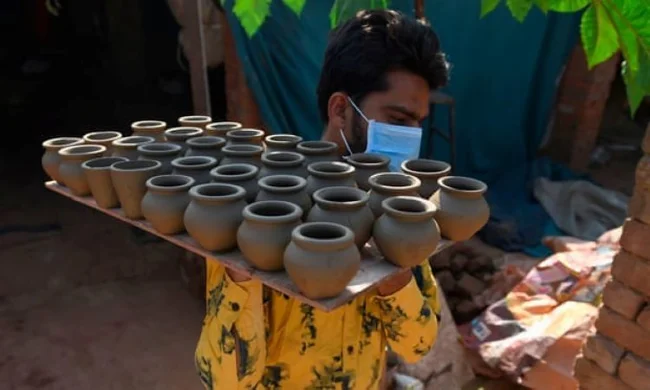
What are kulhads
These are clay cups, extremely simple, that are not painted or glazed for the sake of cheapness. They are even made without handles, so they simply disintegrate into dust and clay. Ingeniously eco-friendly! It's not just about reducing plastic waste. This is how they decided to save private pottery workshops all over the country, because in India there are more than 7 thousand railway stations where tea is served. 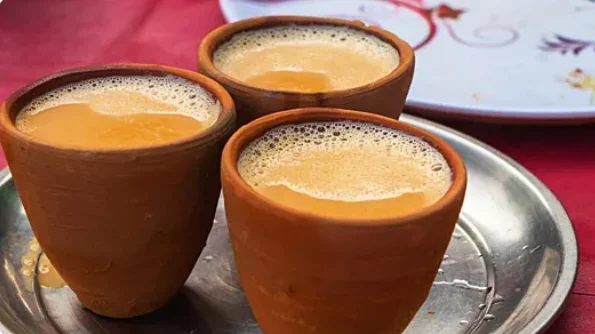
Mmm! Masala, masala in kulhad - as Indian as can be!
India has a rich tradition of pottery. Every village has a potter. Although the demand for their products is falling, as more and more Indians are switching to plastic and steel. Although in the heat, a clay pot keeps the water cooler than anything else. Plus, in some villages it is customary to put such a jug of water in front of the house so that a thirsty passerby can drink from it. It's a bit scary to drink from an unknown jug, but the gesture itself is very kind and warms the soul. 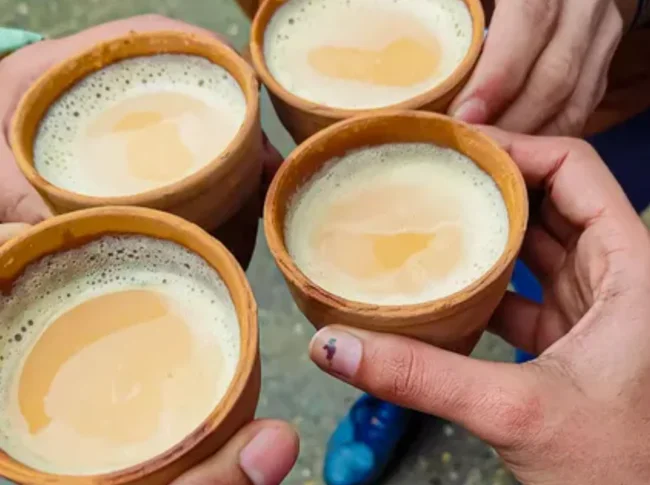
Indians clink glasses with kulhads
So they gave me the task - to make a replacement kulhad. But it was almost a bygone era for India, when drinks in cafes were served in such cups. Many Indian adults have similar memories of standing on a railway platform in winter, holding a kulhad with hot, steaming tea, which many swear tastes better because of the earthy aroma imparted by the clay. Now we can experience the same sensations, and that is worth a lot. 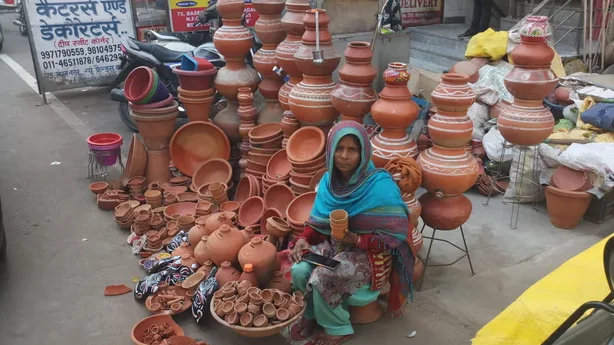
People have started using metal buckets instead of pots
It also changes your attitude towards life. You don’t throw away the glass, you return it carefully. And since kulhads are easy to break, the craftsmen will have their work cut out for them. This is not the first attempt to bring back kulhads. They tried to bring them back 20 years ago, but they couldn't push it through everywhere, because plastic was stupidly cheaper, and there was no ban on it. 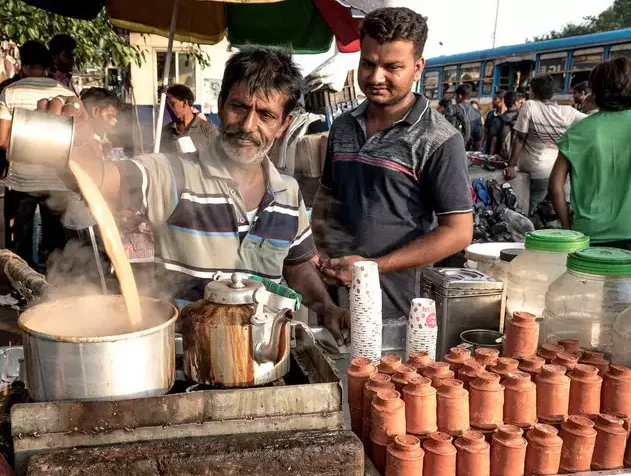
Kulhads at a train station next to disposable cups for tourists
But in some places, for example, in Varanasi, you can see kulhads even then. Now they want to replace dishes at stations and on trains with them. Usually 23 million people use Indian railways every day, so a huge number of clay cups are needed. At the same time, since the craftsmen are private and small, each cup will be similar, but a little unique, truly handmade. Only in India, where manual labor is so cheap, can you afford such luxury as drinking tea on a train from a hand-made cup. I feel a special romance and beauty of tradition in this. Although people still use cups at many stations, because cups need to be changed, washed, in general, laziness was born before man. 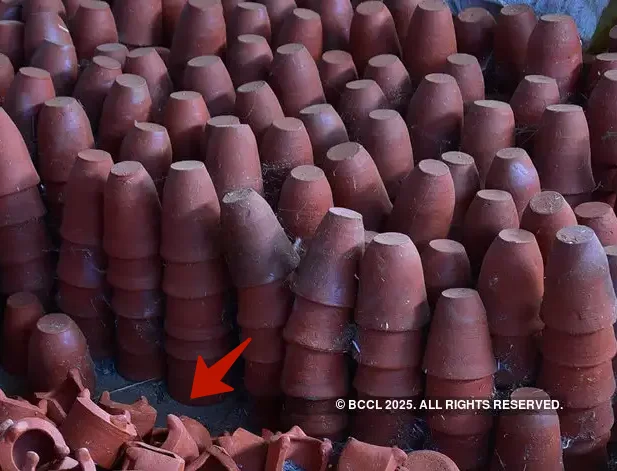
Their waste is also not weak, but they crumble into dust





























